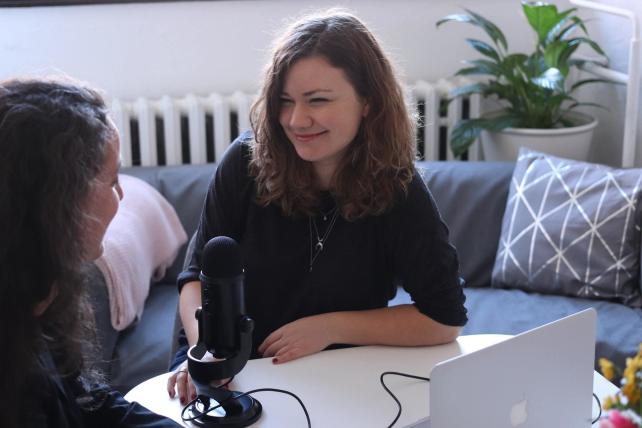
Sometimes salespeople are a little surprised when we share a simple, time-tested selling principle: a prospect who is listening isn’t really a prospect. What on earth does this mean? Isn’t it a good thing when someone listens to what we have to say during a sales call?
Maybe, maybe not. Think about it. Who’s doing the talking and who’s doing the listening? If we’re running our mouth 90% of the time during that sales call, and the other person is doing all the listening, that means they’re not engaging, which means we don’t learn anything, and we don’t understand what their issues are!
In that situation, we’re just showing up and throwing up. We’re delivering a monologue: maybe it’s about our product knowledge, or maybe it’s about our corporate history, or maybe it’s about the other clients we’ve worked with personally and how much they love us. Who cares? That monologue is keeping us from getting information about what this buyer’s issues are.
We have to find out what's important to them. We have to remember that we’ve been given two ears and one mouth. We want to use those tools in the proportion that they were given to us. That means the prospect should be talking at least 70% of the time, and we should be talking no more than 30% of the time.
Sales is a conversation. It's not a monologue. We should never be monopolizing the conversation. We want to make sure that there is a back-and-forth flow to the discussion. We want to make sure our attention and our focus is primarily on the other person – not on ourselves or our company.
Have you ever been on a bad first date? Think about what that was like. Usually, a bad date happens because the other person is running their mouth the whole time, telling you what their day was like, what their opinions are, what their life is like, without ever asking you a question. You don't even get to talk. Pretty soon, you just give up. The waiter shows up when you’re done eating and offers coffee and you say, “No, thanks.” You can't get out of the restaurant fast enough.
Now think of what an awesome date is like. You're learning about each other. You're each asking questions. You’re comfortable with each other. There’s a lot of back and forth. You feel like the other person is genuinely interested in you. That’s what we want a sales call to be like.
So, do we want the prospect to be listening? Of course . . . but we want them to be talking more than they're listening. If we’re ever making them do all or most of the listening, we’re going to find ourselves on a downbound path, one that leads us to the moment we eventually realize that they’ve left the restaurant (as it were). There’s no prospect there at all.

